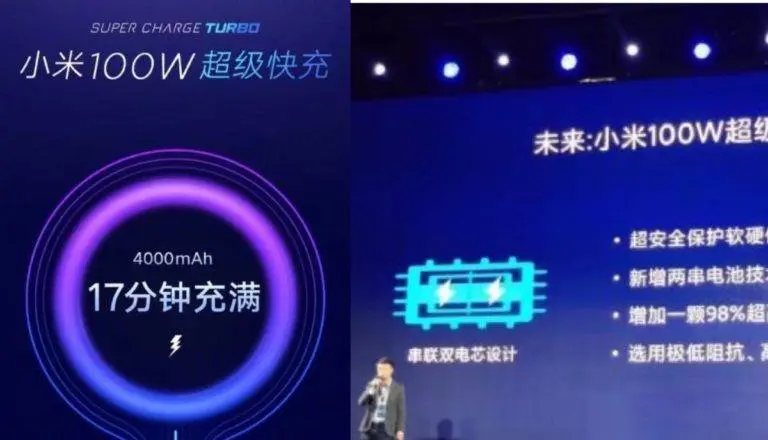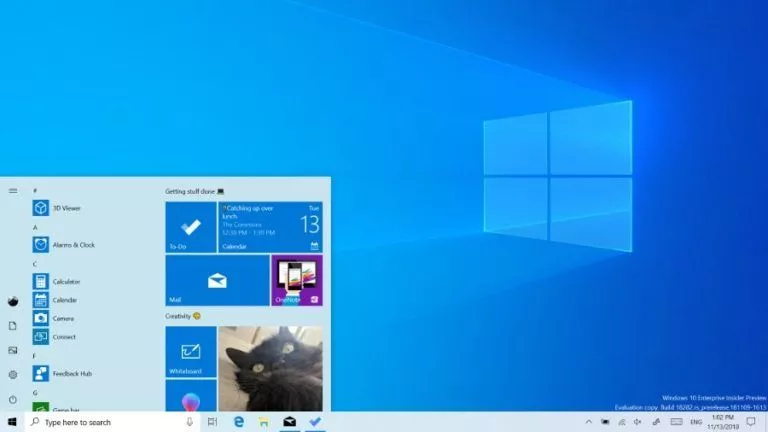Apple Wins A Cooling System Patent For Mixed Reality Headset
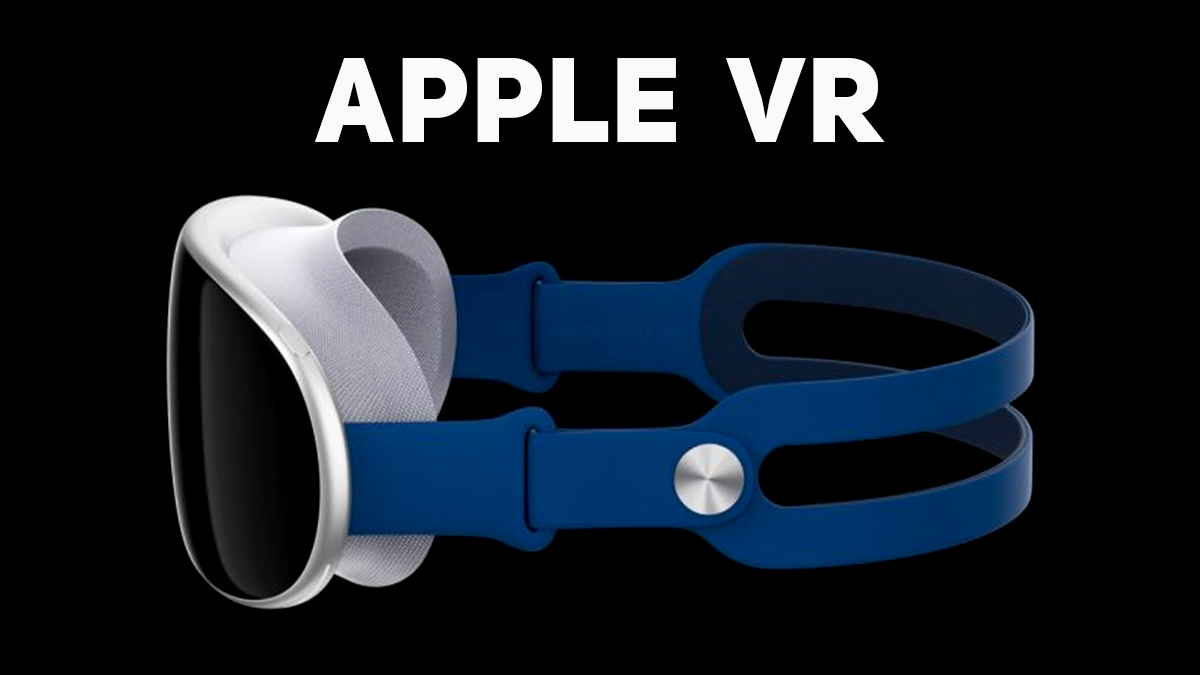
Apple has won a patent for a cooling system for its up-and-coming mixed reality headset. With this cooling system, the product will be able to keep the heat generated by the display system away from the face of the user.
The reports of this first-of-its-kind invention previously surfaced in 2019, when news broke of Apple’s Thermal Regulation System for its Head Mounted Display System.
Apple filed another application for a cooling system patent in June 2021 for an Air-Flow System for their future Mixed Reality Headset.
Apple’s patent
Now, the US Patent and Trademark Office has officially granted Apple the patent related to a future HMD thermal cooling system, which is designed to keep the face of the user cool even when they have been wearing the device for a long time.
Apple noted that certain display panels, like uOLED and OLED panels, operate at very high temperatures in their patent background.
In systems like wearable HMDs, to reduce the overall weight, a carrier, bezel, or any other such structure, which is created from a lightweight material, supports the display panels.
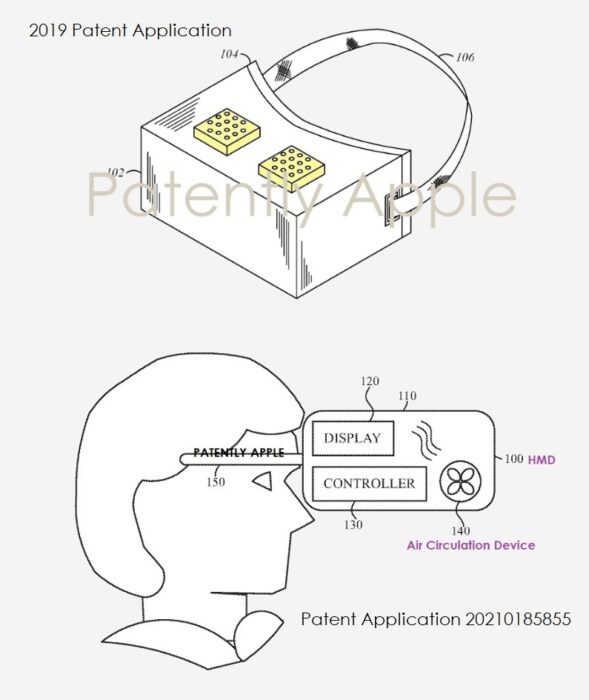
However, these structures do not contribute in terms of thermal regulation. Unless there is a proper cooling and heat dissipation system, the panels can degrade over time, resulting in irreparable damage or system failure.
To manage and efficiently dissipate the heat generated by the panels, display systems incorporate extra components like ‘heat sinks.’ But, they come with a catch as these components put forth design complications and increase the system’s overall weight.
The configuration
Apple tackles all these complexities by providing a display system that incorporates thermal solutions into the product’s structure. An HMD or wearable head-mounted display includes an internal system housing outlining an interior and a display stack within the interior space.
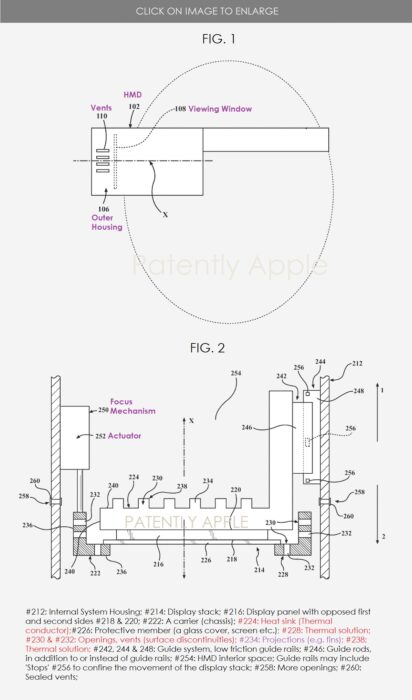
It is supposed, in multiple embodiments, that the display stack could either be movable in relation to the system housing or fixed in relation to it. The display stack comes with a display panel, a heat sink, and a display panel support carrier.
These three components are tightly held together to be mobile in unison within the system housing. This will help to adjust the focus of the display panel. The carrier and the heat sink include the first and second thermal solutions, respectively, to transfer heat away from the display panel.
For clarity, when we mention ‘thermal solution,’ we mean metal and non-metal materials having high thermal-conductivity properties and any structure that has the facility to transfer heat away from display panels (which we have discussed here).
In certain embodiments, the HMD may include an actuator in mechanical cooperation with the display stack to reposition it within the system housing. Meanwhile, the display panel may be placed between the heat sink and carrier in other embodiments.
In the figure below, we have a top view of the display system assembled as a wearable HMD in compliance with the principles of the granted patent.


